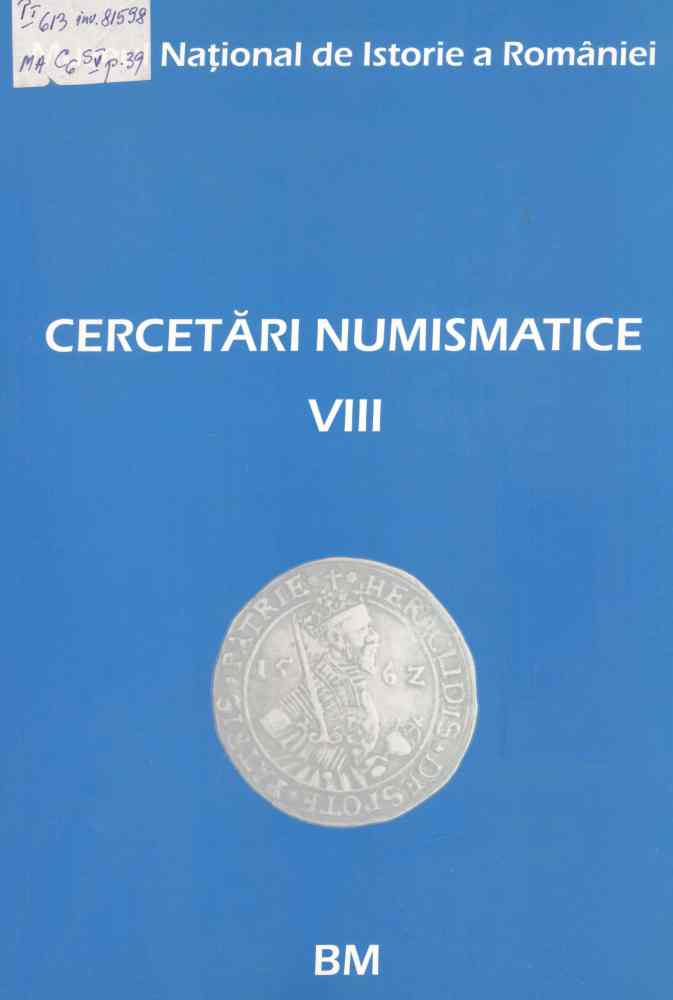
Circulaţia dinarului unguresc în secolul al XVII-lea în Ţara Românească (Tezaurul de la Târgovişte, jud. Dâmboviţa) / The Circulation of the Hungarian Denier in the XVIIth Century in Wallachia (the Hoard from Târgovişte, Dâmboviţa County)
| Autori |
|
| Secţiunea |
|
| Limba de redactare | română |
| Descriptori |
|
| Excerpt | The author presents a hoard of 67 silver coins issued in the 16th - 17th centuries, found in 1925, at Târgovişte. The hoard consists of 55 Hungarian deniers struck at Kremnitz between 1527-1626, four pieces of ½ groats struck at Schweidnitz in 1521-1526 by Louis II, six pieces of 1/2 groats struck in Poland between 1492-1548 and two half groats struck in Lithuania in 1556 and 1562. The author analyses the situation of the currency market in Wallachia at the end of 16th century and the beginnings of the 17th century when some important changes took place. The devaluation of the Turkish asper is followed by the disappearance of this denomination from the Wallachian currency market and its replacement by the Hungarian denier. If, between 1580-1610, the share of the Hungarian deniers permanently increase, after this period is remarked a gradual reduction, caused by the pressure of the high value coins of the class of the crown or thaler. During the second half of the 17th century, the last deniers, struck following the old standards of the Hungarian mint, are more and more rarely present in the hoard found in Wallachia, being totally out of currency after 1690. |
| Paginaţia | 335-346 |
| Descarcă fişierul | |
| Titlul volumului de apariție |


